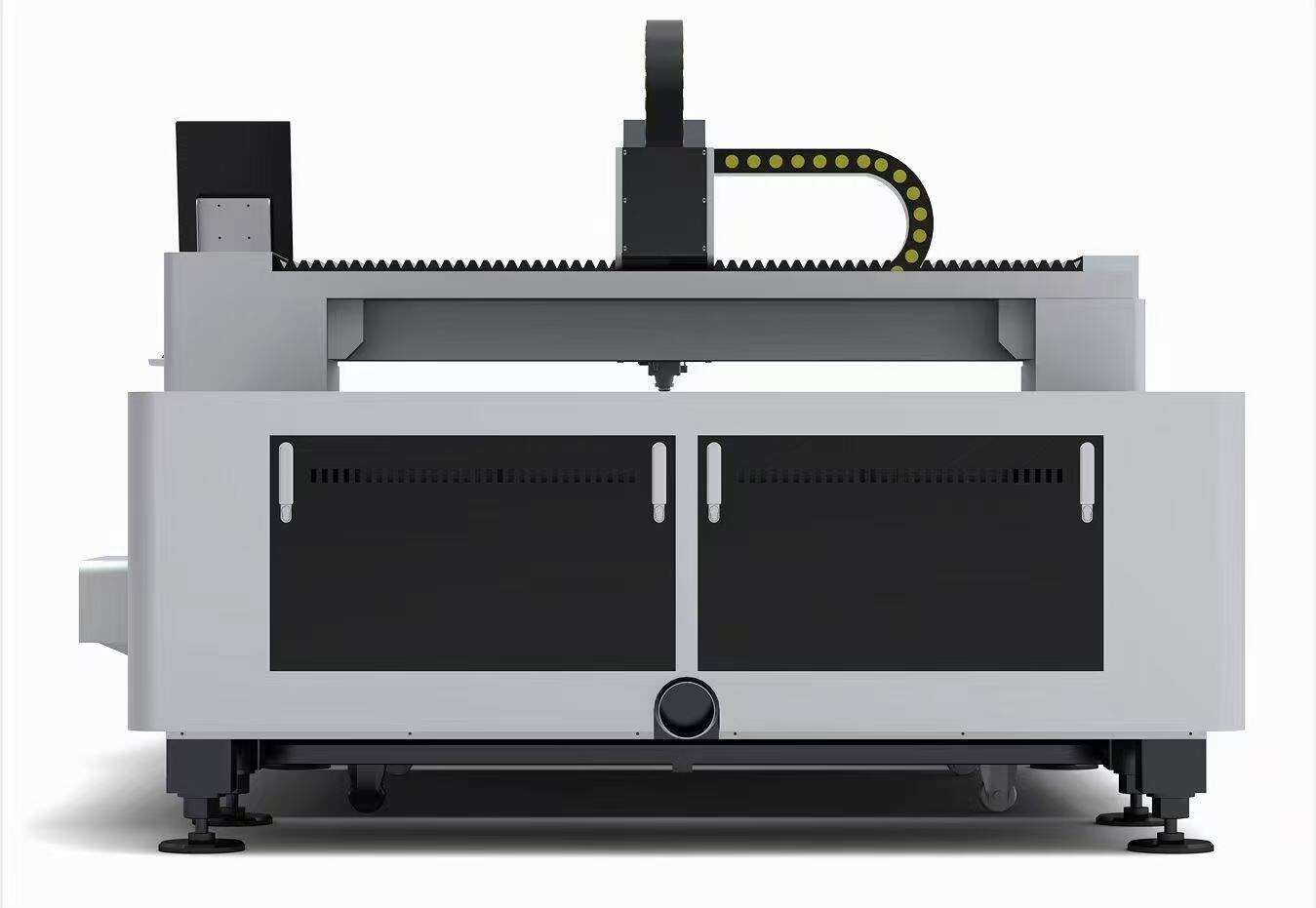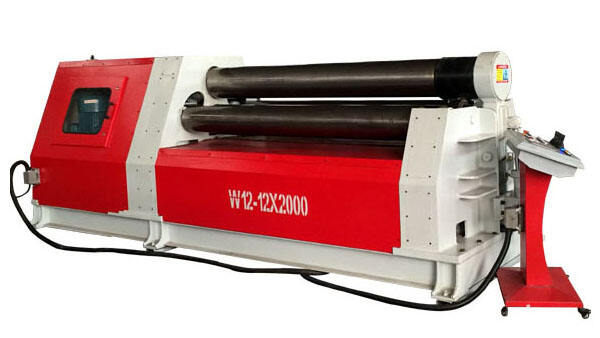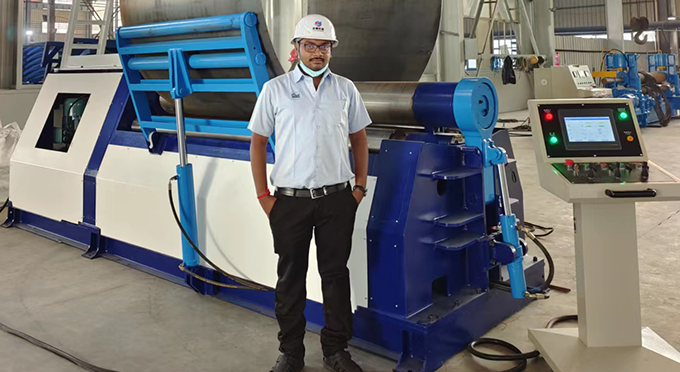The Rise of Laser Cutting in Fashion Design
From Runway to Atelier: The Growing Adoption of Laser Cutting Machines in Fashion Studios
What started as just an experiment has become standard equipment across many industries, and the laser cutting market looks set to expand pretty fast too, growing around 7.2% each year until 2030 according to forecasts. High end fashion brands alongside smaller creative workshops are increasingly turning to these machines because they handle tiny details so well. Think delicate flower patterns that look almost woven, or intricate designs carved into leather surfaces that would be impossible by hand. When asked about their preferred techniques last year, most designers (about two thirds) said they rely on lasers rather than traditional scissors or those old fashioned die cutters for complicated fabric projects. The precision simply cannot be matched manually anymore.
Digital Design Integration Enables Rapid Prototyping and Shorter Development Cycles
The move from CAD designs straight to laser cutting has really cut down on how long it takes to go through multiple design versions. We're talking about going from weeks to just a few days sometimes. Combine this with smart nesting software powered by artificial intelligence, and fashion companies are getting fabric usage rates between 92 and 95 percent. That's actually around 34 percentage points better than what was possible with older techniques. What makes this setup so valuable is that designers can experiment with all sorts of complex shapes and intricate patterns on screen first, which means they don't have to keep making physical samples that get thrown away. Take Moda Futura, a brand out of Milan, for instance. They managed to shorten their entire season planning process by about 40% when they started connecting their parametric design programs right into their laser cutting machines. The savings in time and materials alone must be tremendous for them.
Case Study: Emerging Designers Using Laser Cutting for Innovative Collections
Neon Threads, an experimental fashion brand, is showing everyone what laser cutting can really do for accessibility in design. They took recycled polyester fabric and combined it with CO2 lasers to create those cool, worn-out textures in their 2024 collection without needing any harsh chemicals. Pretty impressive stuff actually. Their process cuts down water consumption by around 80 percent when compared to traditional dyeing techniques, which fits right in with their commitment to producing nothing that goes to waste. What we're seeing here is something pretty interesting for the industry. New designers are starting to catch up with big name luxury brands not just through creative designs but also by meeting sustainability standards that consumers care about these days.
Unmatched Precision and Creative Freedom in Fabric Cutting
Achieving Micro-Patterns and Clean Edges with Laser Cutting Machine Accuracy
Modern laser cutting achieves micron-level precision, enabling flawless execution of intricate lace patterns and geometric motifs. Unlike conventional blades, these systems maintain ±0.1mm tolerances across thousands of layers—essential for haute couture detailing. Industry research shows this technology reduces production errors by 78% compared to manual cutting methods.
Reduced Fraying and Distortion Compared to Traditional Cutting Methods
The non-contact process eliminates shear-induced deformation, reducing edge fraying by up to 92% in delicate fabrics like silk chiffon. This preserves textile integrity during high-volume production, significantly lowering material waste and rework costs.
Enabling Parametric and Algorithmic Design for Next-Gen Fashion Aesthetics
Designers program laser systems to translate algorithmic patterns into cut files, creating complex 3D textures and interlocking modular designs. This synergy between CAD software and laser cutting has revolutionized avant-garde collections through mathematically precise fabric manipulation, enabling shapes that defy traditional construction limits.
Boosting Efficiency and Scalability in Garment Production
Automated Laser Systems Accelerate Manufacturing Speed and Consistency
Laser systems eliminate delays from manual alignment and blade changes, executing complex designs at speeds exceeding 60 meters per minute. They maintain ±0.1 mm accuracy across continuous production cycles, reducing misalignment errors by 92% according to textile engineering benchmarks.
Non-Contact Processing Enhances Fabric Quality and Production Uniformity
Without physical blade pressure, delicate materials like chiffon or technical textiles remain unstretched. A 2023 comparative study showed laser-cut synthetic leather had 40% less edge fraying than rotary-cut alternatives, while heat-sealed edges reduced post-processing labor by 15 minutes per garment.
Lower Labor Costs and Shorter Production Cycles Drive ROI
Automated nesting and cutting workflows enable 300–500 piece batch turnovers in under two hours—a 70% reduction compared to manual methods. Laser-driven production lines require 60% fewer operators while maintaining 99.8% material utilization through AI-powered pattern optimization.
Mass Customization and On-Demand Fashion Made Possible
Laser cutting has become a cornerstone of mass customization, allowing brands to transform digital designs into physical garments with speed and precision. It bridges bespoke craftsmanship with industrial scalability, making personalized fashion economically viable.
Laser Cutting Powers Personalized Apparel Through Digital Template Flexibility
CAD-integrated laser systems allow real-time adjustments to intricate patterns and sizing without tooling changes. Designers can generate thousands of variations from a single template, reducing development timelines by 60% compared to manual methods. This flexibility supports consumer customization—from geometric lace overlays to personalized perforations—without sacrificing efficiency.
Luxury Brands Embrace Monogrammed and Custom Laser-Cut Leather Details
High-end houses use laser cutting to apply complex monograms and signature textures on leather goods and garments. Sub-millimeter precision ensures consistent reproduction of logos and decorative elements that would take artisans weeks to replicate manually. The process also minimizes material waste during detailing, supporting sustainability goals.
Integrating E-Commerce with Small-Batch, Laser-Driven Production Workflows
E-commerce platforms now sync directly with laser systems via API integrations, automating order processing for made-to-order apparel. Brands using this model report 78% faster turnaround times than conventional operations. Combined with intelligent nesting algorithms, laser-driven workflows support profitable small-batch production at up to 93% material utilization.
Sustainability Advancements Through Precision and Waste Reduction
Minimizing Fabric Waste with Intelligent Nesting Algorithms
Laser cutting reduces material waste by up to 30% through intelligent nesting that optimizes layout based on fabric dimensions and grain direction. This precision surpasses manual methods, which typically waste 15–20%. Parametric workflows even allow repurposing of irregular remnants into accessories, advancing circular fashion principles.
Environmental Benefits Over Die-Cut and Manual Cutting Techniques
Unlike die-cutting, which relies on petroleum-based molds, laser systems eliminate consumable tooling waste. The non-contact method reduces fabric distortion by 40% compared to rotary blades, cutting down defective batches and rework. Laser-cut garments also require 25% less water in finishing due to cleaner, sealed edges that minimize fraying.
Balancing Energy Use and Material Savings in Sustainable Production
Modern fiber lasers consume 70% less power than traditional CO₂ models while cutting twice as fast. Brands like Ecoveritas accelerate carbon neutrality by pairing laser efficiency with solar-powered facilities, where material savings offset 80% of energy costs. This balance makes laser cutting pivotal for achieving ecological targets without compromising profitability.
FAQ Section
What are the advantages of using laser cutting in fashion design?
Laser cutting offers unmatched precision, reduced waste, and the ability to create complex patterns with ease. It allows for rapid prototyping, mass customization, and improved sustainability compared to traditional methods.
How does laser cutting improve sustainability in the fashion industry?
Laser cutting minimizes fabric waste using intelligent nesting algorithms, reduces energy consumption, and creates less water waste in garment finishing. It supports sustainable production by optimizing materials and reducing the need for consumable tooling.
Can laser cutting be used for all types of fabrics?
Yes, laser cutting is versatile and can be adjusted to work with various fabrics, including delicate ones like silk chiffon, without causing distortion or damage.




